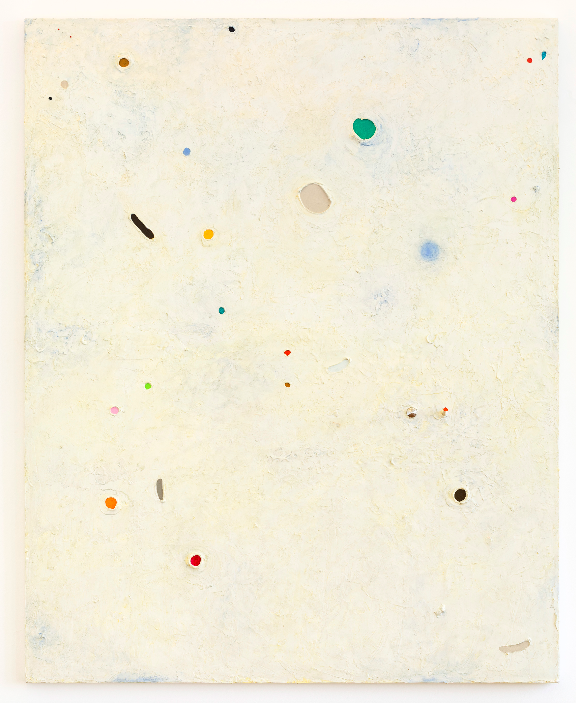
The Alphabet of the Magi
The Alphabet of the Magi was created by Paracelsus, the 16th century Swiss physician, alchemist, and occult philosopher (as an actual alphabet) for the use of engraving angelic names upon talismans. The artists in the exhibition have developed their own consistent language in regards to defining what is essentially indefinable: a visual alchemy, not the kind you stir in a lab, an alchemy of thought, of symbols, tarot as divination, mapping the secret language of the arcana revealed through not merely reading an image, but becoming the image. Challenging traditional ideas of the mystic, Alphabet of the Magi seeks a personal codification of transcendentalism, one that doesn’t only describe or attempt to alter reality, but forms a new reality invented by the artist in the unending quest for the philosopher’s stone.
This exhibition grew from a conversation Pedro Mendes and I had in November of last year, about the work of Brazilian artist Tunga – who had recently joined the gallery program – and its visual and philosophical consonances with the work of Alejandro Jodorowsky; the work of the latter was stirring in my mind as I had recently met him in New York. I mused on the frequent references to alchemy in Tunga’s work and wondered if he was familiar with Jodorowsky’s films. As Pedro and I continued to dialogue about both artists, whether or not a personal connection existed, one formed in my mind. My interest peaked studying Tunga’s practice in more depth, during my research he assumed the performative presence of the Magician in the tarot, wand in hand, seamlessly interchanging mediums, his work provided a suspended hypnotic state as our ideas evolved.
Pedro’s background in philosophy and mine in occult studies and the tarot (the great grand-daughter of a known Finnish seer and tarot reader), became the foundation for our continuing conversation. In early spring, I went to Paris for a studio visit with Alejandro Jodorowsky and his wife Pascale Montandon (an artist and collaborator of Alejandro). There we discussed beauty and sincerity in art, the healing properties of Alejandro’s pschyomagic work, and his new film, The Dance of Reality, he was about to begin shooting on location the following week in his childhood town Tocopilla, Chile.
Pedro and I then gravitated to the powerful and enigmatic work of James Lee Byars; serendipitously both Tunga and I realized we share a point of great symbiotic admiration for Byars. Rather than curating this exhibition, Pedro and I seemed to be the guiding forces for a process which had a life of it’s own – a sort of unfolding of artists and pieces. Including, Maya Deren’s trance-like film Meshes of the Afternoon which uses symbols such as a key, a knife, and mirrors to engage a non-narrative journey into a surrealistic dream-state. Daniel Steegman’s light projection onto a small golden triangle creates a sort of virtual sculpture characteristic of his concern for dematerialized constructions – sculptures that exist neither here nor there.
Thiago Martins de Melo’s extraordinary paintings continued to resonate in my subconscious since my first trip to Brazil over a year ago, it was inevitable that his painterly shamanic divination should be seen and felt within this context. Sonia Gomes’ intriguing wall hangings had also caught my attention with their strange evocation of both viscera and scared objects. Shortly afterwards, leafing through a book of Francesco Clemente’s delicately conceived series of 78 paintings and drawings for his personal take on a tarot deck, it was clear that he had garnered inspiration from Alejandro’s intense research and life’s work on the tarot.
These myriad layers of influence became our glue, which led me to remember Duchamp’s 1936 collaborative book with Georges Hugnet called the Seventh Side of the Die, the title perfectly describes what we hoped to project as the intersection for the artists in Alphabet of the Magi. The seventh side is the invisible side – the one you can’t see. We believe in its existence, which in turn enables us to breathe life into these manifestations called art, plumbing the depths, and the journey into the sublime.
Jen DeNike – Curator

 Português
Português